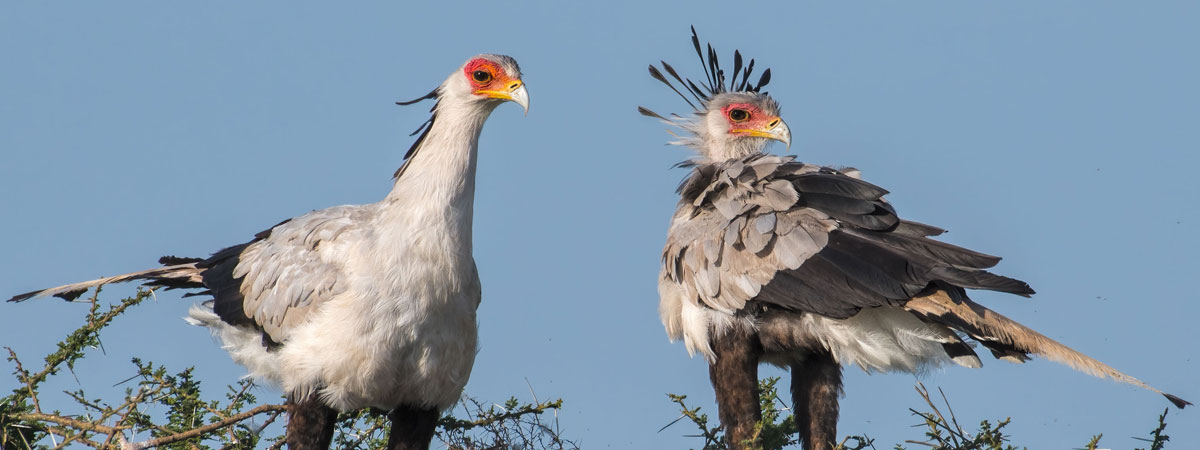On my latest safari I took along my AF-S Nikkon 70-300mm lens instead of my usual Sigma 120-400mm.
It was just a question of weight; I would be doing a lot of carrying and I wanted to keep my gear as light as possible. It still tipped the scales at 11kg!
I almost never use the VR on the Sigma lens (Sigma call it Optical Stabilisation) as I found it to be a a bit slow and jerky. Even without it I have been very happy with the sharpness of my results.
With the Nikon lens the VR is much quicker and smoother and colleagues suggested that I should use it. So I did.
The Nikon lens is much lighter than the Sigma and therefore much easier to hold steady anyway so I was hoping that I would see some really crisp results.
It pains me to say that I was very disappointed when I saw some of the photos I came back with. At first glance they looked OK, but when i zoomed in there was a definite softness to the image.
I spent ages wondering why a lens that had performed perfectly well in the past should fail me now.
I asked colleagues and it was suggested that I might need to fine tune the auto-focus.
I thought about and decided that that was unlikely to be the problem. When I check the ‘focus point’ on my photos it is exactly where I meant it to be.
I thought about it some more and came to the conclusion that the only thing that was different this time was that I had the VR switched on. So I tried to find out a bit more about exactly how Nikon’s VR system works.
It was very enlightening and so I’ve decided to share what I found with you.
This article by Thom Hogan ‘Nikon VR system explained’ was the most useful I found and debunked a lot of myths.
This article from the Nikon Europe website explains the difference between ‘Normal’ and ‘Active’ VR modes

